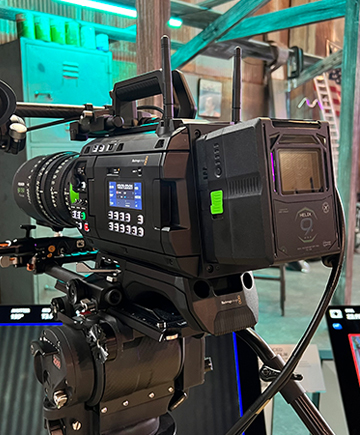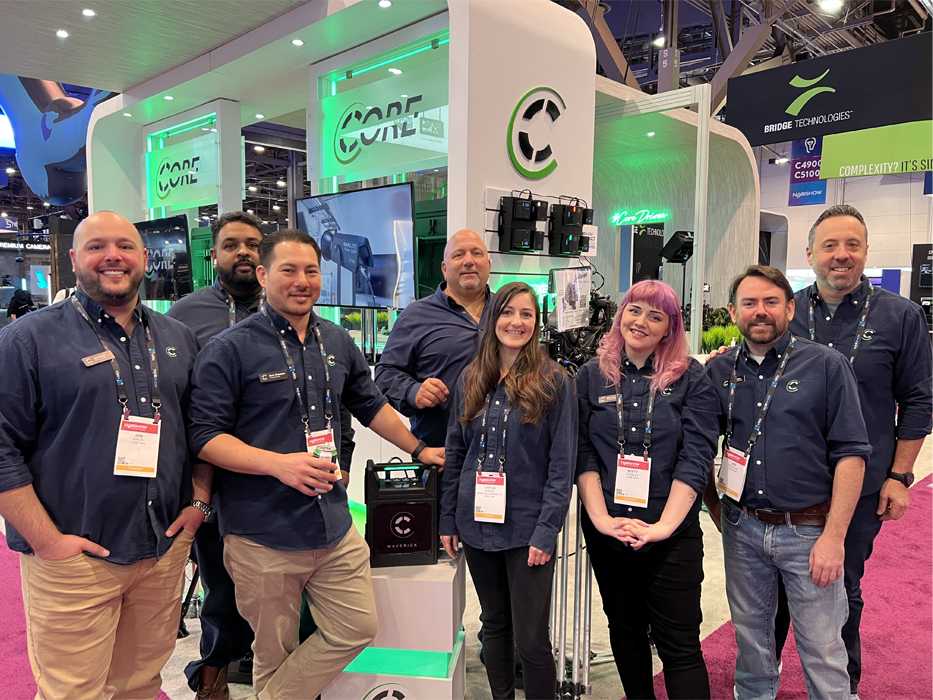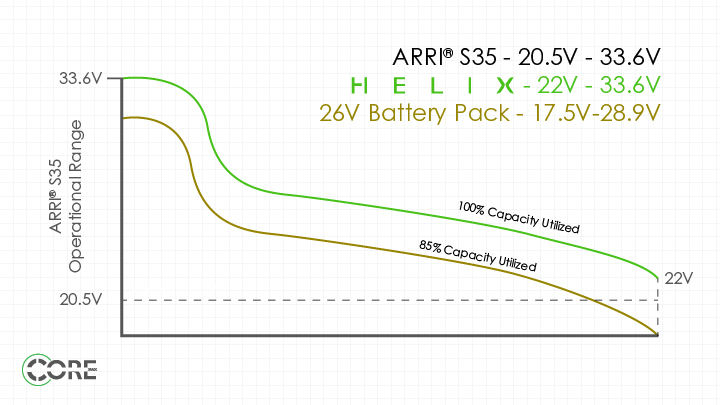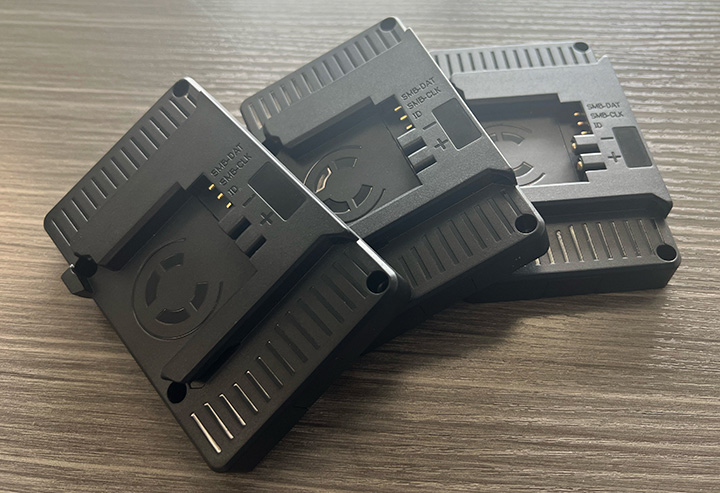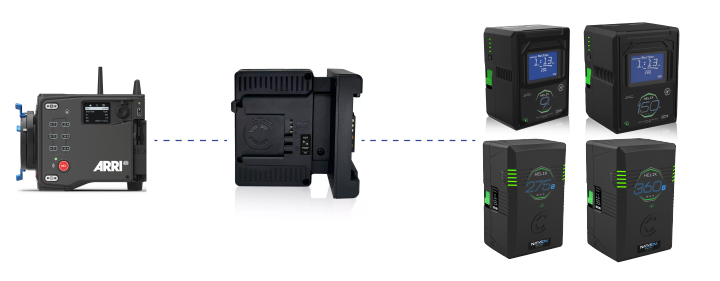
Sodium Ion (Core Kodiak) vs. Sodium Nickel Chloride (Competitor)
We just returned from a tradeshow after releasing our MoXIE system and the new Sodium Ion Kodiak pack. It became evident that there’s significant confusion between our Kodiak Sodium Ion battery and the sodium nickel chloride pack offered by others. To clarify, while we could have developed a sodium nickel chloride battery years ago, we chose to deliver the latest technology to our clients without relying on confusing marketing tactics.
At Core SWX, we have a passion for power and are committed to bringing the latest technology and innovation to the cinema and professional video market. Let’s break down the differences between these two battery types and explain why our Sodium Ion pack stands out.

The Straight Facts – Similarities Between Sodium Ion (Na-ion) and Sodium Nickel Chloride (Na-NiCl2) Batteries:
- Sodium-Based Chemistry: Both use sodium as the primary element for their electrochemical reactions, making them alternatives to lithium-based batteries.
- Environmental Impact: Both types of batteries are considered more environmentally friendly compared to traditional lithium-ion batteries due to the abundance and non-toxic nature of sodium.
- Safety: Both battery types are generally safer and have lower risks of thermal runaway compared to lithium-ion batteries.
- Cycle Life: Both offer a long cycle life, making them suitable for applications that require durable and reliable power sources.
- Cost Advantage: Both benefit from the lower cost of sodium compared to lithium, potentially reducing the overall cost of the batteries.
- Industrial and Stationary Applications: Both have potential applications in industrial and stationary energy storage due to their robustness and long cycle life.


Differences between the two chemistries.


Summary for Cinema Applications
- Core’s Kodiak: Ready-to-use in extreme temperatures(-40 to 140F), cost-effective, and environmentally friendly. Ideal for filmmakers needing flexible, reliable power.
- Competitor’s Sodium Nickel Chloride: Robust with high energy density but requires significant thermal management, making it bulky and more costly.
Conclusion
Both technologies offer unique benefits, but the newer Sodium Ion technology stands out for its immediate usability across a wide temperature range, cost-effectiveness, and sustainability.
Fact Check
We operate on complete transparency but should you have any doubts or questions, feel free to reach out to us, or you can ask our competitor 😉


